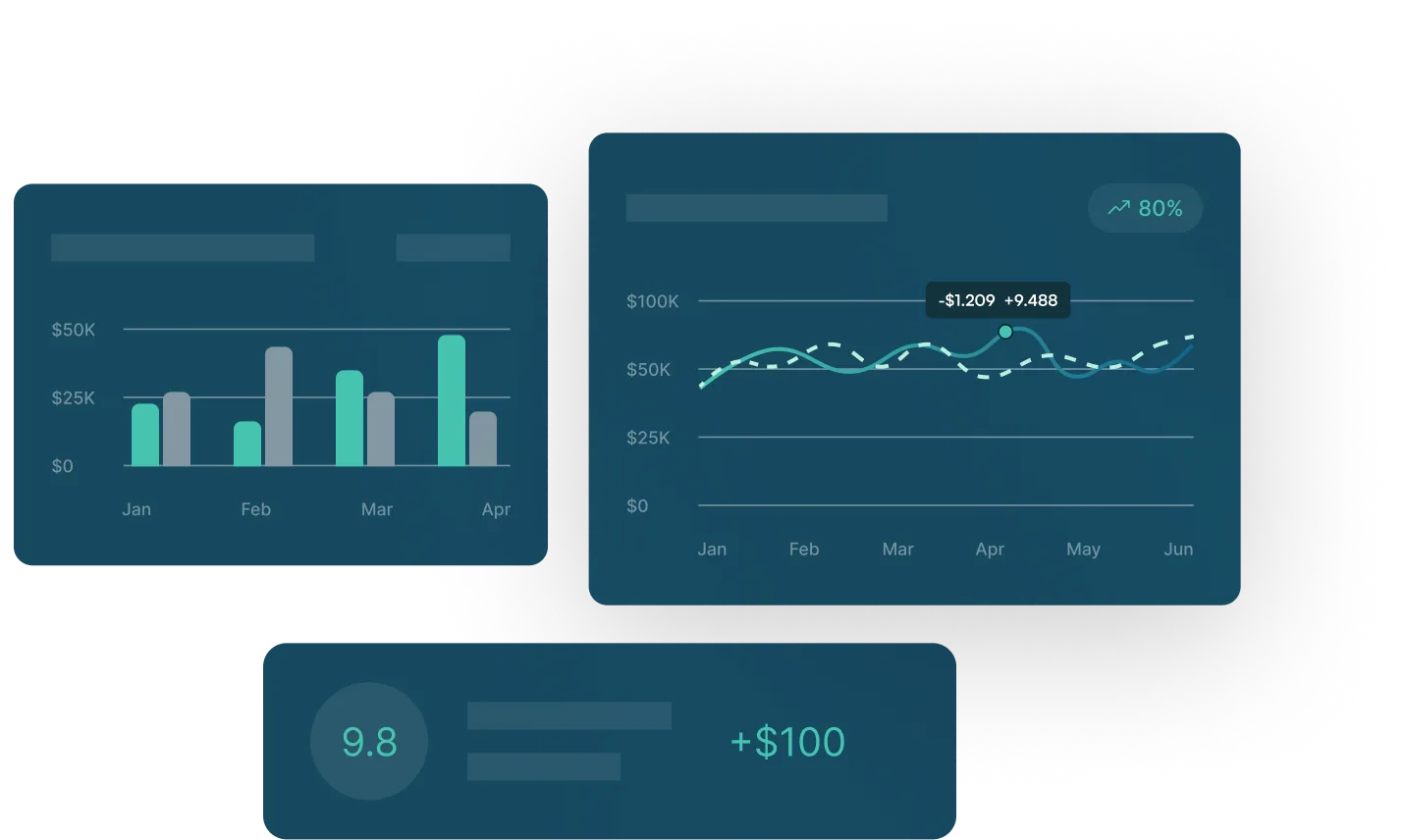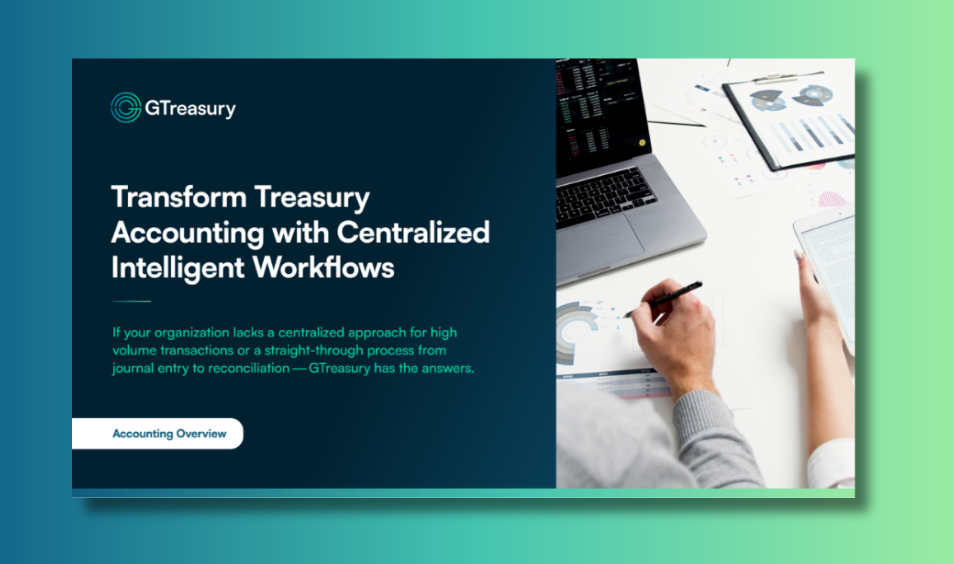Tariffs Return in 2025: Why CFOs and Treasurers Are Prioritizing Real-Time Cash Forecasting


Tariffs have once again taken center stage in global trade policy. In early 2025 alone, the U.S. has implemented multiple rounds of new duties targeting key sectors such as semiconductors, EVs, and critical raw materials. While policy objectives vary, the immediate impact for finance leaders is clear: greater volatility, disrupted supplier terms, and tightening liquidity windows.
For treasurers and CFOs, this new tariff cycle isn’t just a cost management issue. It’s a real-time test of cash flow resiliency, working capital agility, and forecasting sophistication.
A New Level of Volatility in Liquidity Management
While tariffs raise costs, they also disrupt the timing and predictability of cash. Consider the following shifts that treasury teams are already seeing:
- Inventory acceleration to avoid tariff exposure, leading to large, early cash outflows
- Shortened supplier terms, often with advance payments required due to pricing uncertainty
- Heightened FX volatility, as markets respond quickly to trade announcements
According to the World Bank, over $800 billion in global trade flows have already been affected by tariff changes in Q1 2025. These disruptions are compounding the effects of higher interest rates and softening demand, forcing CFOs to place greater emphasis on precise, real-time liquidity planning.
Treasury Leaders Are Shifting Their Forecasting Strategy
Seasoned treasury professionals know that the ability to adapt is everything. What’s different in 2025 is the speed of disruption. Static cash forecasting models, built on monthly or quarterly refreshes, no longer provide sufficient lead time to adjust.
Instead, best-in-class treasury functions are implementing three core practices:
1. Real-Time Forecasting for Intra-Month Adjustments
Leading teams are moving to forecasting models that update daily or weekly based on real-time ERP, banking, and market data. This “nowcasting” approach ensures treasury can respond immediately to policy shifts or supplier term changes.
AFP reports that 64% of treasuries using real-time forecasting reduced reliance on emergency short-term financing and improved decision-making around capital allocation.
2. Granular, Risk-Weighted Scenario Planning
Forecasting models now incorporate tariff exposure as a weighted variable by region, product line, and supplier dependency. This allows teams to model multiple liquidity paths based on policy movement, ensuring the business is prepared regardless of the scenario.
Example: A global electronics firm identified a $12M cash gap after modeling the impact of a new 10% component tariff from China. That insight enabled procurement and finance to rebalance sourcing and payment terms proactively.
3. Aligning Forecasting with FX and Recession Risk
The IMF has projected a 70% likelihood of mild global recession by mid-2025 based on persistent inflation and trade-driven economic uncertainty.
CFOs and treasurers are increasingly pairing cash forecasting with FX and interest rate sensitivity analysis to prepare for a range of recession scenarios, especially those driven by policy shocks.

Why This Tariff Cycle Is More Challenging
This isn’t a repeat of 2018. Three factors make today’s environment more complex for treasury:
- Faster policy changes: Five major trade moves have occurred in the first quarter of 2025 alone
- Less warning: Implementation windows are shorter, leaving little time to reconfigure supplier financing
- Higher borrowing costs: With interest rates still elevated, delayed reaction can come with a significant price tag
Treasury teams must have systems and processes that can recalibrate quickly and drive strategic conversations with the C-suite and board.

The Strategic Role of Forecasting in 2025
Forecasting is no longer a back-office reporting task: it’s a core risk management function. In this environment, effective cash forecasting empowers finance leaders to:
- Identify cash risks before they become emergencies
- Adjust capital structure strategy in response to trade volatility
- Provide the board with data-backed guidance for scenario planning

How GTreasury Can Help
GTreasury’s cash forecasting platform is purpose-built for treasury teams navigating today’s complexities. Our solution delivers:
- Real-time cash visibility across all entities and banks
- Scenario modeling that includes tariff and FX impacts
- Seamless data integration with ERP systems and payment workflows
- Decision-ready dashboards that support C-level risk strategy
In an environment shaped by policy uncertainty, precision matters. Forecasting needs to be fast, flexible, and forward-looking.
Ready to modernize your cash forecasting approach? Explore GTreasury Cash Forecasting today.
Tariffs Return in 2025: Why CFOs and Treasurers Are Prioritizing Real-Time Cash Forecasting
Tariffs have once again taken center stage in global trade policy. In early 2025 alone, the U.S. has implemented multiple rounds of new duties targeting key sectors such as semiconductors, EVs, and critical raw materials. While policy objectives vary, the immediate impact for finance leaders is clear: greater volatility, disrupted supplier terms, and tightening liquidity windows.
For treasurers and CFOs, this new tariff cycle isn’t just a cost management issue. It’s a real-time test of cash flow resiliency, working capital agility, and forecasting sophistication.
A New Level of Volatility in Liquidity Management
While tariffs raise costs, they also disrupt the timing and predictability of cash. Consider the following shifts that treasury teams are already seeing:
- Inventory acceleration to avoid tariff exposure, leading to large, early cash outflows
- Shortened supplier terms, often with advance payments required due to pricing uncertainty
- Heightened FX volatility, as markets respond quickly to trade announcements
According to the World Bank, over $800 billion in global trade flows have already been affected by tariff changes in Q1 2025. These disruptions are compounding the effects of higher interest rates and softening demand, forcing CFOs to place greater emphasis on precise, real-time liquidity planning.
Treasury Leaders Are Shifting Their Forecasting Strategy
Seasoned treasury professionals know that the ability to adapt is everything. What’s different in 2025 is the speed of disruption. Static cash forecasting models, built on monthly or quarterly refreshes, no longer provide sufficient lead time to adjust.
Instead, best-in-class treasury functions are implementing three core practices:
1. Real-Time Forecasting for Intra-Month Adjustments
Leading teams are moving to forecasting models that update daily or weekly based on real-time ERP, banking, and market data. This “nowcasting” approach ensures treasury can respond immediately to policy shifts or supplier term changes.
AFP reports that 64% of treasuries using real-time forecasting reduced reliance on emergency short-term financing and improved decision-making around capital allocation.
2. Granular, Risk-Weighted Scenario Planning
Forecasting models now incorporate tariff exposure as a weighted variable by region, product line, and supplier dependency. This allows teams to model multiple liquidity paths based on policy movement, ensuring the business is prepared regardless of the scenario.
Example: A global electronics firm identified a $12M cash gap after modeling the impact of a new 10% component tariff from China. That insight enabled procurement and finance to rebalance sourcing and payment terms proactively.
3. Aligning Forecasting with FX and Recession Risk
The IMF has projected a 70% likelihood of mild global recession by mid-2025 based on persistent inflation and trade-driven economic uncertainty.
CFOs and treasurers are increasingly pairing cash forecasting with FX and interest rate sensitivity analysis to prepare for a range of recession scenarios, especially those driven by policy shocks.

Why This Tariff Cycle Is More Challenging
This isn’t a repeat of 2018. Three factors make today’s environment more complex for treasury:
- Faster policy changes: Five major trade moves have occurred in the first quarter of 2025 alone
- Less warning: Implementation windows are shorter, leaving little time to reconfigure supplier financing
- Higher borrowing costs: With interest rates still elevated, delayed reaction can come with a significant price tag
Treasury teams must have systems and processes that can recalibrate quickly and drive strategic conversations with the C-suite and board.

The Strategic Role of Forecasting in 2025
Forecasting is no longer a back-office reporting task: it’s a core risk management function. In this environment, effective cash forecasting empowers finance leaders to:
- Identify cash risks before they become emergencies
- Adjust capital structure strategy in response to trade volatility
- Provide the board with data-backed guidance for scenario planning

How GTreasury Can Help
GTreasury’s cash forecasting platform is purpose-built for treasury teams navigating today’s complexities. Our solution delivers:
- Real-time cash visibility across all entities and banks
- Scenario modeling that includes tariff and FX impacts
- Seamless data integration with ERP systems and payment workflows
- Decision-ready dashboards that support C-level risk strategy
In an environment shaped by policy uncertainty, precision matters. Forecasting needs to be fast, flexible, and forward-looking.
Ready to modernize your cash forecasting approach? Explore GTreasury Cash Forecasting today.

See GTreasury in Action
Get connected with supportive experts, comprehensive solutions, and untapped possibility today.




























.jpg)
.png)


























.png)




.jpeg)

.jpeg)











.jpeg)


.jpeg)







.jpeg)


.jpeg)









.jpeg)
















.png)





